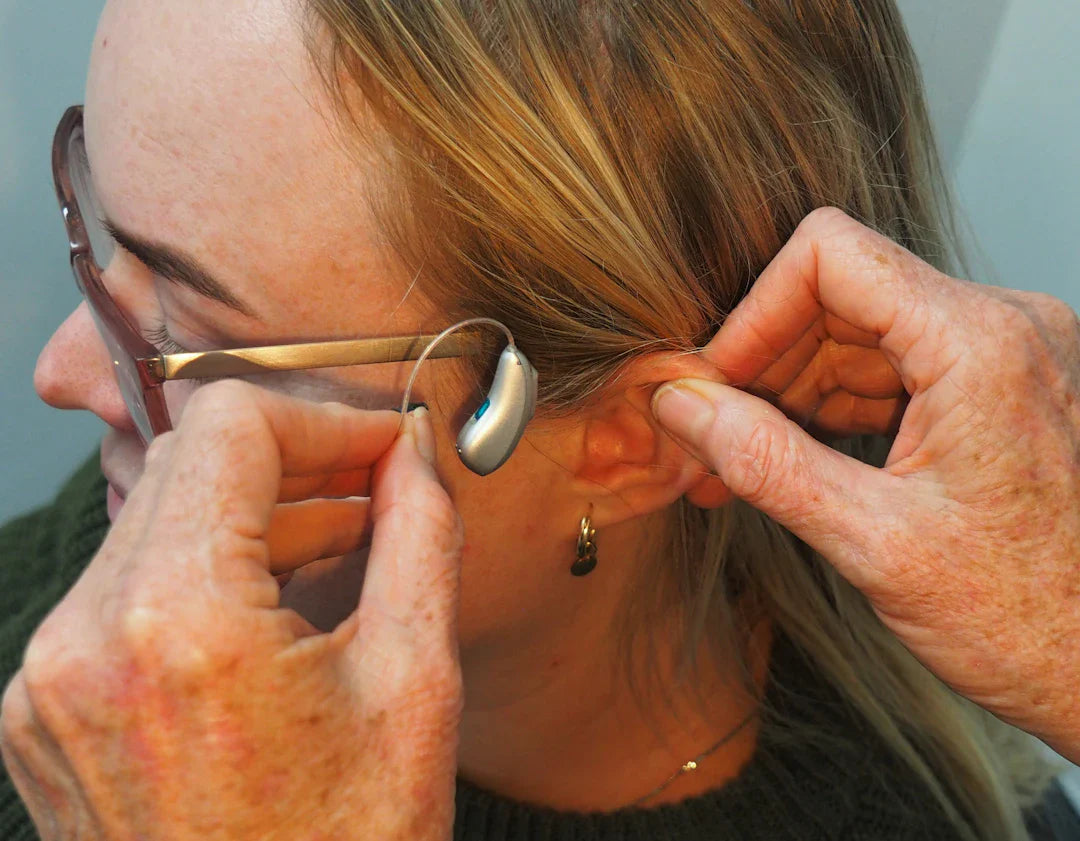Hearing aids are incredible devices that help millions of people combat hearing loss and enhance their quality of life. However, just like any advanced piece of technology, they require regular care and maintenance to function optimally. Proper hearing aid maintenance not only extends the lifespan of the device but also improves the overall user experience. In this guide, we’ll explore essential hearing aid maintenance products, effective earwax removal, and tips from the realm of audiology that can greatly benefit your hearing care routine.
The Importance of Hearing Aid Maintenance
The significance of maintaining hearing aids cannot be overstated. Users often rely on these devices daily, making it crucial to ensure they operate at their best. Neglecting maintenance can lead to diminished performance and potentially costly repairs. Furthermore, the relationship between hearing aids and hearing loss emphasizes the need for regular upkeep.
By taking steps to ensure proper care, you not only protect your investment but also enhance your auditory experience. Here’s what you need to know about maintaining your hearing aids.
Understanding Your Hearing Aids
Different Types of Hearing Aids
Before diving into the nitty-gritty of maintenance, it’s important to understand the various types of hearing aids available in the market. From behind-the-ear models to completely-in-canal options, the design can affect how you care for them:
- Behind-the-ear (BTE): These devices sit behind the ear and are connected to a custom ear mould.
- In-the-ear (ITE): These are designed to fill the outer ear and are custom-fitted.
- In-the-canal (ITC): These are smaller and fit partially in the ear canal.
- Completely-in-the-canal (CIC): These are tiny and invisible when worn.
Each type may require specific care, so it’s essential to understand your device’s unique requirements.
Daily Maintenance Routines
Cleaning Your Hearing Aids
One of the most crucial aspects of hearing aid maintenance is regular cleaning. Dirt, debris, and moisture can accumulate on the device, hinder performance, and potentially cause damage. Consider the following steps for effective cleaning:
- Use a Soft Cloth: Every night, gently wipe down your hearing aids with a soft, dry cloth to remove dirt and oils.
- Brush Off Debris: Most hearing aid maintenance products include a small brush. This can be used to clean the microphone openings and speaker vents.
- Check for Earwax: Regularly inspect your hearing aids for earwax build-up, which can block sound and damage the device.
Investing in good quality hearing aid maintenance products, especially for cleaning, is essential for keeping your devices in top condition. Always follow the manufacturer’s guidelines on cleaning to prevent any inadvertent damage.
Earwax Removal
Earwax is a natural substance that can create issues for hearing aid users. It can block sound and lead to discomfort or degraded performance. Understanding proper earwax removal techniques will greatly aid your hearing care:
- Regularly Check Your Ears: Make it a habit to check for any excessive earwax. Cleaning your ears regularly, ideally with the help of a healthcare professional, can keep wax at bay.
- Use Earwax Removal Tools: Specific tools are designed for safe earwax removal. Cotton swabs can push wax deeper and should thus be avoided.
- Consult An Audiologist: If you frequently experience earwax build-up, make an appointment to discuss methods suitable for you.
Storing Your Hearing Aids Properly
When you’re not using your hearing aids, how you store them matters. Here are some essential tips for preserving your device's longevity:
- Keep Them Dry: Moisture can damage hearing aids. Store them in a dry place and consider using a drying kit or a dehumidifier to ensure they remain moisture-free.
- Store in a Safe Place: Always place your hearing aids in their designated case when not in use. This prevents accidental damage and keeps them out of reach of pets or young children.
- Remove Batteries: If you won’t be using your hearing aids for an extended period, consider removing the batteries to prevent corrosion and leaks.
Periodic Maintenance Checks
Scheduled Appointments with Your Audiologist
While daily routines are vital, periodic maintenance checks are also crucial. Schedule regular appointments with your audiologist for professional evaluation and calibration of your hearing aids. Regular tests will ensure that your devices are functioning correctly and meeting your current audiology needs.
Battery Care and Replacement
Batteries are the lifeblood of hearing aids. Understanding how to care for them can significantly impact performance:
- Choose the Right Batteries: Always use the recommended battery type and size as per your hearing aid’s specifications.
- Store Batteries Properly: Keep batteries in a cool, dry place away from extreme temperatures.
- Replace When Needed: Monitor battery life and change them promptly to avoid sudden power loss.
Common Mistakes to Avoid
Understanding what not to do can also greatly enhance your hearing aid maintenance routine. Here are some common pitfalls to watch for:
- Skipping Daily Cleanings: Neglecting cleaning can lead to a build-up of debris and cause performance issues.
- Not Seeking Help When Needed: If you observe persistent issues, do not hesitate to consult your audiologist instead of attempting DIY fixes.
- Ignoring Signs of Wear: If your hearing aids show signs of wear and tear, stop using them and get them checked as soon as possible.
The Road to Better Hearing Care
Taking care of your hearing aids is an ongoing journey that requires commitment and knowledge. Through regular maintenance, appropriate storage, and timely consultations with your audiologist, you can ensure that your hearing aids serve you reliably for years. By investing a little time and effort into your hearing care routine, you’ll significantly enhance your auditory experience and lifestyle.
Invest in quality hearing aid maintenance products, and don't forget the importance of earwax removal. Each small step you take contributes to a more enriching auditory experience. Remember, clear hearing isn’t just a luxury—it’s essential for maintaining connections with loved ones and enjoying the world around you.
As you embark on this journey towards maintaining your hearing aids, be sure to keep your hearing health at the forefront. It's never too late to improve your hearing care; every small step counts towards a clearer, more vibrant soundscape!




